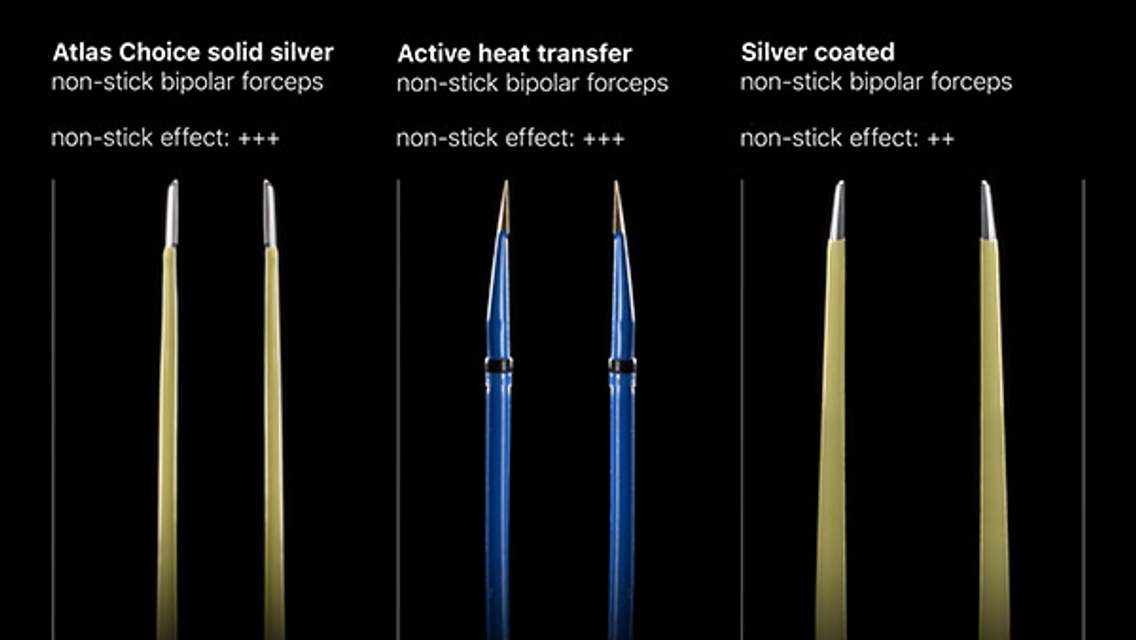Neurosarcoidosis
Figure 1: In this case, there are multiple scattered foci of FLAIR-hyperintense signal (left) with corresponding enhancement (right) in the cerebral parenchyma. More commonly, superficial pachymeningeal or leptomeningeal enhancement with enhancement and thickening of the pituitary gland, infundibulum, or cranial nerves is seen.
Description
- Idiopathic systemic granulomatous disease with 5% of patients with sarcoidosis developing symptoms
- Approximately 10% of patients with sarcoidosis will have neuroimaging findings, though not all will be symptomatic
Pathology
- Epithelioid granulomas without caseation or staining for infectious agents
- Granulomas often incorporate into multinucleated giant cells and lymphocytes
Clinical Features
- Symptoms
- Highly variable
- Depend on site of involvement
- Range from hydrocephalus, cranial nerve palsies, endocrinopathies, seizures, and paresthesias to myelopathy
- Age
- Most commonly presents in the third to fourth decade of life
- Gender
- Female > male
- Ethnicity
- Most commonly afflicts African Americans
Imaging
- General
- Hydrocephalus and/or pachymeningeal, leptomeningeal, or parenchymal findings
- Modality specific
- CT
- Negative in 60% to 70% of patients
- MRI
- T1WI
- Hypointense to isointense areas of the brain compared to adjacent gray matter
- T2WI
- Variable, mostly hyperintense
- T1WI
- Contrast
- Homogeneous or nodular enhancement within the brain parenchyma
- Pachymeningeal or leptomeningeal enhancement
- Thickening of the pituitary gland, infundibulum, or cranial nerves with associated enhancement
- CT
- Imaging recommendations
- MRI with contrast
- Mimic
- When parenchymal, mimics neoplasm and infection, and when meningeal, classically will involve the basilar cisterns and can be difficult to differentiate from tuberculous meningitis or leptomeningeal tumor spread; more often, there is a combination of findings, including meningeal, cranial nerve, and parenchymal involvement
For more information, please see the corresponding chapter in Radiopaedia.
Contributor: Sean Dodson, MD
References
Christoforidis GA, Spickler EM, Recio MV, et al. MR of CNS sarcoidosis: correlation of imaging features to clinical symptoms and response to treatment. AJNR Am J Neuroradiol 199;20:655–669.
Dumas JL, Valeyre D, Chapelon-Abric C, et al. Central nervous system sarcoidosis: follow-up at MR imaging during steroid therapy. Radiology 2000; 214:411–420. doi.org/10.1148/radiology.214.2.r00fe05411
Ginat DT, Dhillon G, Almast J. Magnetic resonance imaging of neurosarcoidosis. J Clin Imaging Sci 2011;1:15.
Smith JK, Matheus MG, Castillo M. Imaging manifestations of neurosarcoidosis. AJR Am J Roentgenol 2004;182:289–295. doi.org/10.2214/ajr.182.2.1820289
Please login to post a comment.













